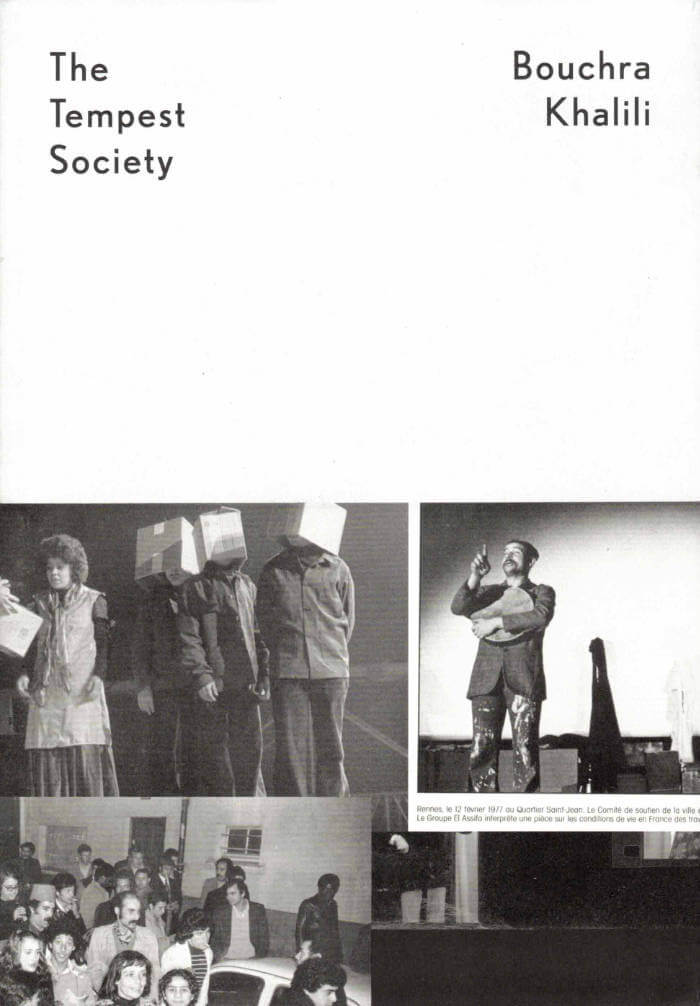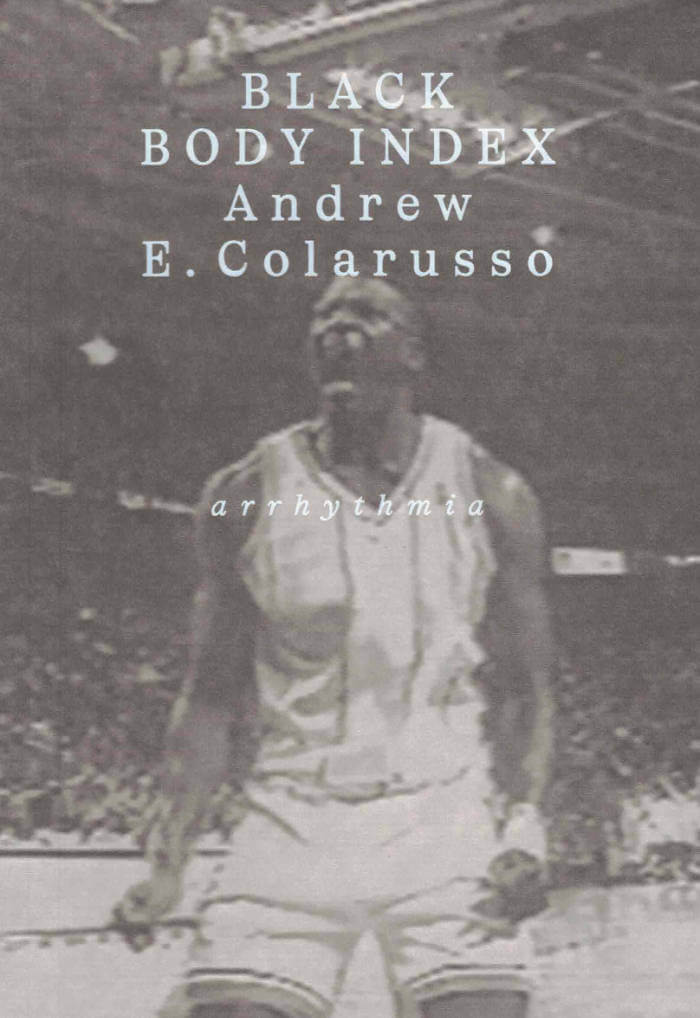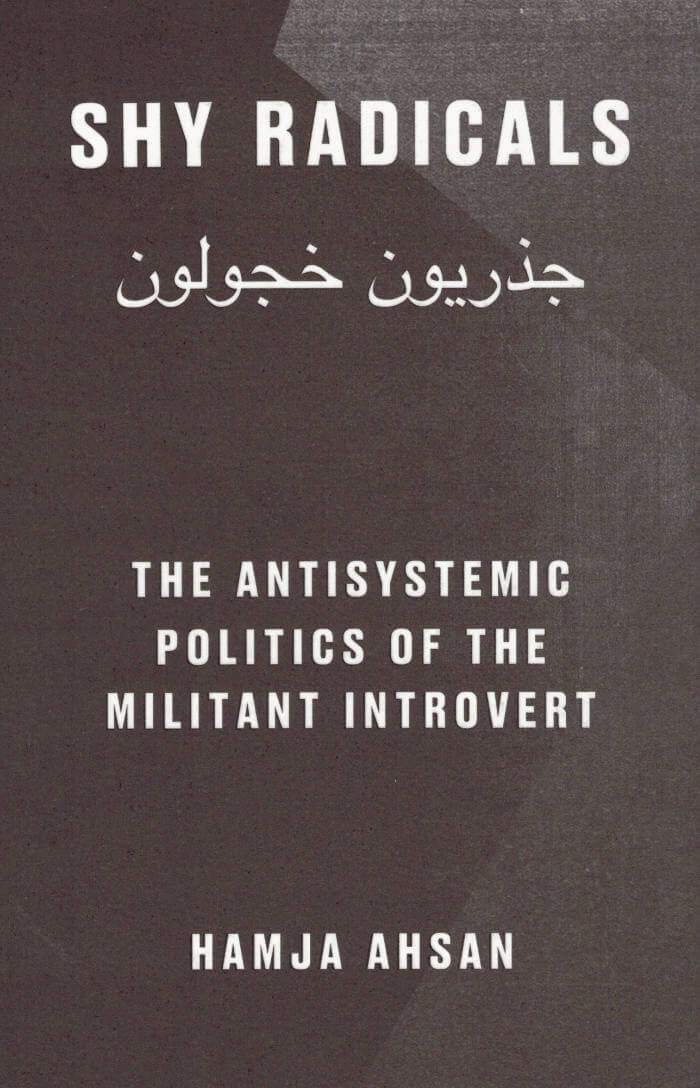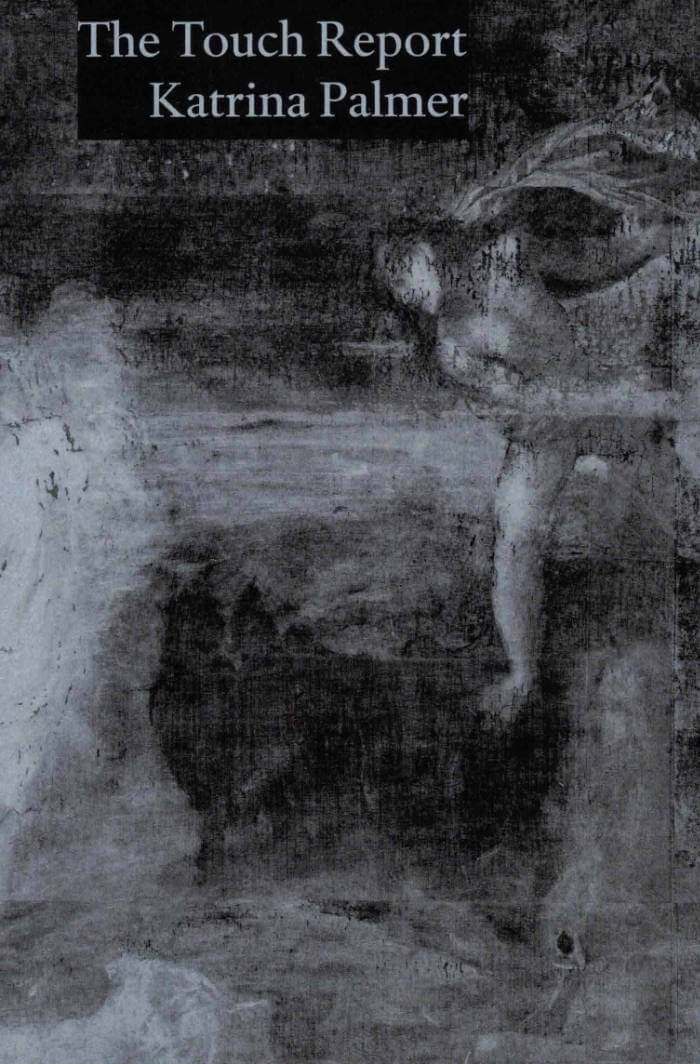
The Tempest Society
Gathering together interviews, essays, rare archival material and translations, The Tempest Society revisits and resuscitates the forgotten heritage of a politicised theatre group – ‘Al Assifa’ – that was born out of the struggles of the Mouvement des travailleurs arabes (MTA), Palestine, anti-colonialism, and workers’ and immigrant labour rights. Contributors explore the legacy of the group – placing this history in the context of the European economic crisis and its effect on Greece, contemporary migration and the conditions of immigrant workers and refugees. Conversations with the artist, and participants and collaborators in her film, consider the potential for politicised art to move between the street and the factory in cultural production today.
Following The Tempest Society (2017), the original video installation commissioned for documenta 14, which took Athens as a site to reflect on radical equality, democracy and theatre as a civic space, the book brings to light the specific history, the archive, and the ongoing resonance of the agit-prop theatre group ‘Al-Assifa’ in the context of urgent economic, political and humanitarian upheaval.
With contributions from Abdellali Hajjat, Hendrik Folkerts, Pothiti Hantzaroula, and interviews with Philippe Tancelin, surviving member of Al Assifa, Bouchra Khalili, Omar Berrada, and Alexandre Kauffmann, and Isavella Alopoudi, Elias Kiama Tzogonas, and Giannis Sotiriou, the performers in The Tempest Society.
Bouchra Khalili is a Moroccan-French visual artist. Raised between Morocco and France, she studied Film at Sorbonne Nouvelle and Fine Arts at École Nationale Supérieure d’Arts de Paris-Cergy. Recent exhibitions include solo shows at MFA, Boston, Jeu de Paume, Paris and Sessession, Vienna. In 2018 she has been shortlisted for both the Guggenheim’s Hugo Boss Prize and the Artes Mundi Prize. She currently lives in Berlin.







